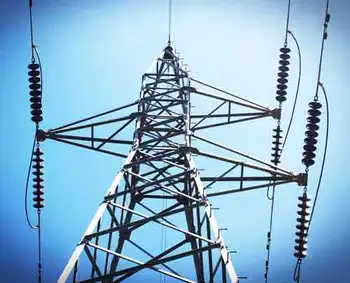Sault Ste. Marie to become a solar city
Already a significant solar project comprised of two 10 MW phases when announced in September, plans for the Sault project now include six phases that would contribute 60 megawatts to Ontario's electricity grid - that's enough electricity to supply 9,000 homes.
This latest project represents a potential $360 million investment and an important addition to the economy of Sault Ste Marie.
It will join a 60 MW project planned in Sarnia as one of the largest solar power generating stations planned in Canada.
"It's exciting to see how Standard Offer is opening up new opportunities in communities across Ontario as well as ensuring cleaner sources of power for Ontario," said Sandra Pupatello, who made the announcement on behalf of Energy Minister Gerry Phillips.
"Renewable energy is an exciting new opportunity for Sault Ste Marie. Not only are we home to Canada's largest wind installation with the Prince wind farm, we are now also working on becoming a solar capital," said David Orazietti, MPP for Sault Ste Marie. Sault Ste Marie's new solar farm is one of a series of significant energy projects that is resulting in sizable economic investments:
- The Prince Wind Farm - Canada's largest wind installation - is a $400 million investment;
- The Algoma Energy Cogeneration facility - a 63MW high efficiency cogeneration project - is a $135 million investment and is currently under construction.
The announcement builds on the McGuinty government's solar power strategy which includes:
- Setting a target of installing 100,000 solar roofs across the province;
- Launching "Go Solar" - a one stop information shop for Ontarians interested in installing solar energy systems to heat water or generate electricity;
- Extending the retail sales tax rebate on qualifying solar equipment, as well as wind, micro-hydro, and geothermal systems, to January 1, 2010.
Related News

Electricity demand set to reduce if UK workforce self-isolates
LONDON - National Grid ESO is predicting a reduction in electricity demand in the case of the coronavirus spread prompting a lockdown across the country.
Its analysis shows the reduction in commercial and industrial use would outweigh an upsurge in domestic demand.
The prediction was included in an update from the Energy Networks Association (ENA), in which it sought to reassure the public that contingency plans are in place to ensure services are unaffected by the coronavirus spread.
The body, which represents the UK's electricity and gas network companies, said "robust measures" had been put in place to protect control rooms and contact…





